Bentley has announced that the Mulsanne is finally being put out to pasture. It has been around for 10 years and what Bentley plans to do for a flagship model next is not something to which I am privy.
And I’ll miss the Mulsanne. When it came out, I wasn’t so sure about it. To me it looked slightly odd, an uncertain step after the majesty of all those Arnages and Turbo Rs. As the first top-of-the-range Bentley titan to be paid for entirely by Volkswagen money, I guess I was expecting something a little more bold.

Yet I know no other car that has settled so well in its own skin over the years. To these eyes, it has aged astonishingly well and if it does indeed turn out to be the last Bentley to top the price list powered by an internal combustion engine, its future status will be assured.
But, while we’re on the subject of engines, there’s something else I’ll miss even more about the Mulsanne: that massive lump of British bent eight aluminium under its gently sloping bonnet.

It is the longest-lived engine in the world today, so far as engines still put into cars by their manufacturers are concerned. GM continues to make its small block and Ford its Windsor motor, both of which are older still, but only in ‘crate’ form for those wishing to replace wornout examples, built hot rods and so on. They are not used in new cars.
The story of Bentley’s (or, more properly, Rolls-Royce’s) V8 actually starts in the early 1950s when it was recognised that the straight six in use at the time and which itself dated back to the early 1920s had reached the end of the road. What was required was a new motor that offered more power, more torque, more refinement and more reliability. More of everything indeed apart from this: they didn’t want any more weight. Tricky, that.
A V12 was considered but dismissed on the grounds of complexity and weight, so the V8 configuration was chosen. Which I guess is why to this day so many people think it was a copy of an American engine, or a straight buy-in, like the Buick-sourced V8 used by Rover for decades. But it wasn’t, it was a pure Rolls design from the outset that hit its performance and refinement marks by displacing first 6.25 litres and then 6.75 litres, but did indeed weigh no more than the old 4.9-litre straight six by being cast not from iron but aluminium.

Its survival over the years is all the more remarkable for the fact that its owners actually tried to kill it. Just as in the late 1970s Porsche intended the 928 to replace the already ageing Porsche 911, so Vickers – which owned Rolls-Royce in the 1990s – decided its new Arnage and Seraph saloons would be powered by modern BMW engines. But when VW bought Bentley in 1998, its first public act was to recommission the by now much missed old V8 and, at considerable expense, completely re-engineer the front end of the Arnage to take it.
In time it would completely redesign the V8 too, mainly to allow it to meet emissions legislation, but also to improve its power and reliability. It’s been a few years since a single component on a modern twin-turbo 6.75-litre V8 was interchangeable with one from a 1959 6.25-litre motor, but no one would ever claim one was not a direct development of the other.
Today, it is more than just a fabulous engine. It is unique. I know of no other motor that generates its power this way. These days it produces 530bhp, which is at least 250% more than it did 60 years ago, but the truth is that now Bentley has ditched diesel, the Mulsanne is the least powerful of all eight and 12-cylinder Bentleys on sale. But when it comes to torque, it bows to no one. It has 811lb ft of the stuff at 1750rpm, and the only reason it doesn’t have more even than that is that it would melt its ZF gearbox if it did.

But such is the way it delivers that torque, at times it makes you wonder whether it needs a gearbox at all. Such is the age of this engine, its valves (just two per cylinder) are operated via long pushrods from a single camshaft buried deep in the vee, so the motor couldn’t rev even if Bentley wanted it to, which it absolutely does not. Peak power comes at, wait for it, 4200rpm, but the real joy of this engine is that it will still make you giggle at its magnificence if you never use more than 2400rpm. No one does effortless like this.
And it makes an occasion out of every journey. Actually, you don’t even have to go anywhere: just sit in it, fire it up, give it a blip and you will be instantly aware you are in the presence of rather venerable greatness.
Nor could there be a more appropriate car in which to fit it. The character of the Mulsanne and that of its motor are as indivisible as that of the 911 and its flat six. You climb up into that hand-stitched cabin, wonder briefly just how large a herd of cattle went into its creation, settle back into the best chair in the business – made in-house by Bentley – and when you think of the way you’d like that car to deliver its performance, that is what it does.
Other cars such as V12 Mercedes-AMGs do tip of the toe response too, but they roar when extended. The old Bentley motor never roars, not least because it never allows itself to be extended. It thunders. Its manners are more akin to a pre-war steam locomotive than a current production car. You find yourself locking the car in gears because you don’t want your progress to be interrupted by anything so inelegant as a downshift. You let the torque talk.

This engine and car combination is such a hard act to follow because by objective judgment neither is particularly good these days, so you can’t just make it objectively better because of the enormous risk of simultaneously making it subjectively worse. And there’s no doubt which measure counts for more here. And I have no idea when or even if the Mulsanne will be replaced. My guess is that it will because Bentley won’t want to relinquish the territory to Rolls-Royce and, lest we forget, Lagonda. But I expect there will be a hiatus of a number of years and when the new car comes it will be a pure-electric vehicle.
So this is not just the end for the Mulsanne and its amazing old engine, it is in some sense the end of an era for Bentley too. Still 60 years – almost half the time that cars have been in existence – is not a bad innings. And I, for one, am glad I was around to see it.
How does the original Bentley V8 compare?
Read books about the history of Rolls-Royce and Bentley and you might escape with the idea that the new V8 wasn’t such a big deal. The product didn’t change much other than what was required to accommodate the new engine: the S1 just became the S2, its 4.9-litre, six-cylinder motor replaced by a 6.25-litre V8.
No one talked about power or torque, either, for the publicly stated reason that that wouldn’t have been very gallant. Perhaps more likely and in private it was because the company didn’t feel like owning up to the fact that, with only around 200bhp, its brand-new engine had no more power than did those fitted to the last true Bentleys almost 30 years earlier.

I wasn’t bothered by that. I just wanted to know if two engines built 60 years apart could feel related in any meaningful way. And the rather lovely truth is that they do, at least up to a point.
Of course, I expected the S2 scarcely to be able to get out of its own way, but in fact it felt quite sprightly, despite its engine’s age, smaller capacity and absence of turbochargers. By 1959 standards, it would have moved right along. It still has that delicious laziness, and while the thunder is more of a rumble, it feels as appropriate to its 60-year-old surroundings as does the Mulsanne’s motor today. It actually feels a lot younger than the car it’s in, largely because it is. While the engine may have been brand new in 1959, the S2’s design philosophy dates back almost to the war and, frankly, it shows. It would be the mid-1960s before Rolls-Royce and Bentley embraced the modern era with the monocoque Shadow and T-series. The S2 remains an interesting curio, but the engine is better than the car to which it is fitted. In the Mulsanne, they are perfectly matched. Both will be missed.
Great eights: the many lives of the Bentley V8

Mulsanne Turbo 1982: It is no exaggeration to say this engine saved Bentley. Strapping a turbo to the Mulsanne (raising power by 50%) turned Bentley from a moribund marque of rebadged Rolls-Royces into a brand that would turn the tables on its Rolls-Royce stablemate. Before the Mulsanne Turbo, Bentleys accounted for 5% of Rolls-Royce production. Within a year, that figure was 30%. In 10 years, Bentleys outsold Rolls-Royces by two to one.

Continental R 1991: The first Bentley not to have an equivalent Rolls-Royce since the 1950s. Based on the strong-selling Turbo R saloon, the Continental R evoked the memory of the superb R-type Continental coupé of 1951. With flowing coupé lines, but retaining genuine four-seat accommodation, the Turbo R was a Bentley of opulence, character and individuality. It showed a confidence returning to the name that could not have been dreamed of 10 years earlier.

Continental T 1996: Turning the Continental R into the T required not just raising engine power until it was the most powerful Bentley there had been, but also stiffening the suspension and, crucially, carving a chunk out of the wheelbase. The result was an uncompromising Bentley sports car with a cockpit like a WW1 biplane, an implausible turn of speed and simply terrible ride quality. Did we care? We did not: we were too busy having fun even to notice.

Arnage Red Label 1999: The colour of the Bentley label once denoted the model you were buying. And when it wanted to tell the world the 6.75-litre turbo V8 was not dead, but had just been temporarily missing in action, Bentley employed the same method. So the Red Label denoted an Arnage with the homegrown engine, the Green Label one still fitted with BMW’s Cosworth-modified twin-turbo V8. Customers voted with their feet, ensuring another 20 years of production for the old engine.

State Limousine 2002: On the 50th anniversary of the Queen’s accession to the throne, Bentley presented Her Majesty with a new State Limousine. It may have seemed like a rather lovely present but was actually the PR coup of the decade, stealing the business of transporting the Monarch to state occasions from right under Rolls-Royce’s nose.

Brooklands 2006: Not to be confused with the Brooklands saloon of 1992, this was the Brooklands coupé and, to my way of thinking, the closest the firm has come in recent years to capturing the spirit of the Bentley boys. Fast, sleek and surprisingly easy to drift, it was a car to be driven by cads, bounders and gentlemen jewel thieves. Or at least that’s always how I looked at it. A shame, then, that the company never got around to building a coupé version of the current Mulsanne.
This article was originally published on 7 December 2019 and updated with new information on 2 June 2020. We're revisiting some of Autocar's most popular features to provide engaging content in these challenging times.
READ MORE
Updated 2020 Bentley Bentayga to feature revamped design
Bentley Flying Spur 2020 UK review​

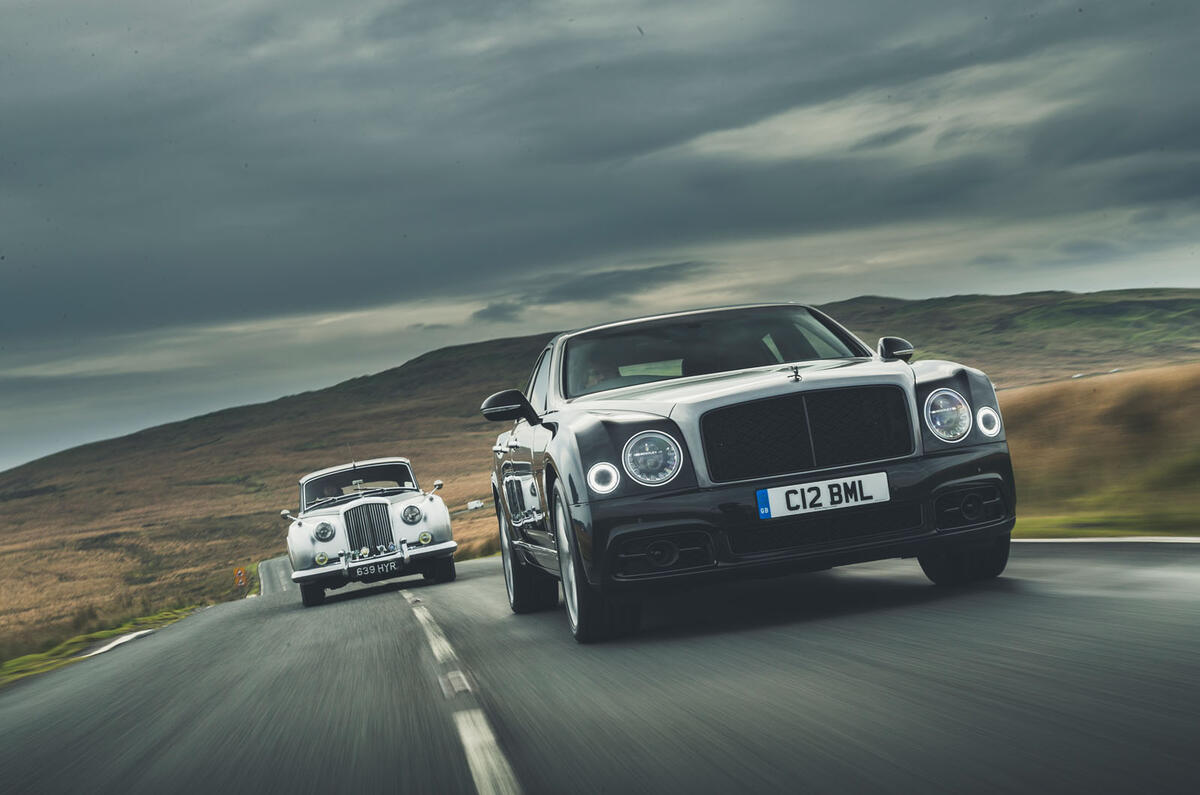
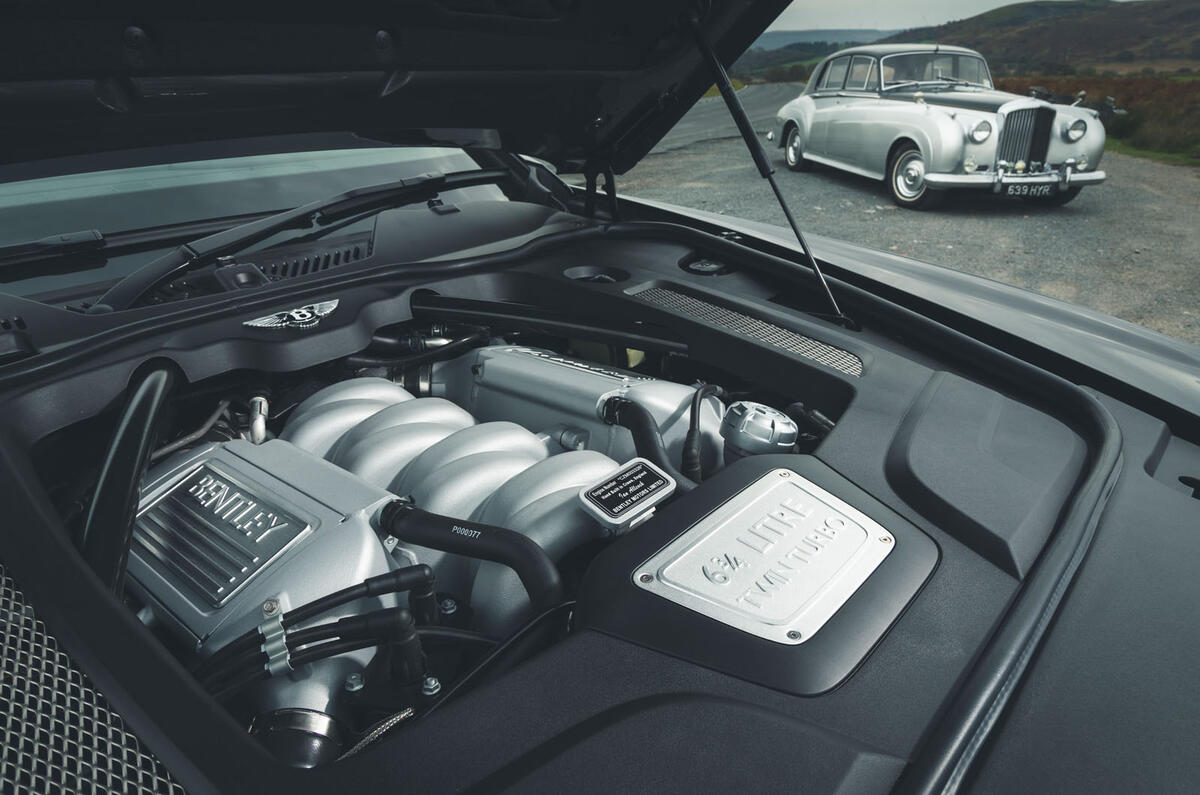
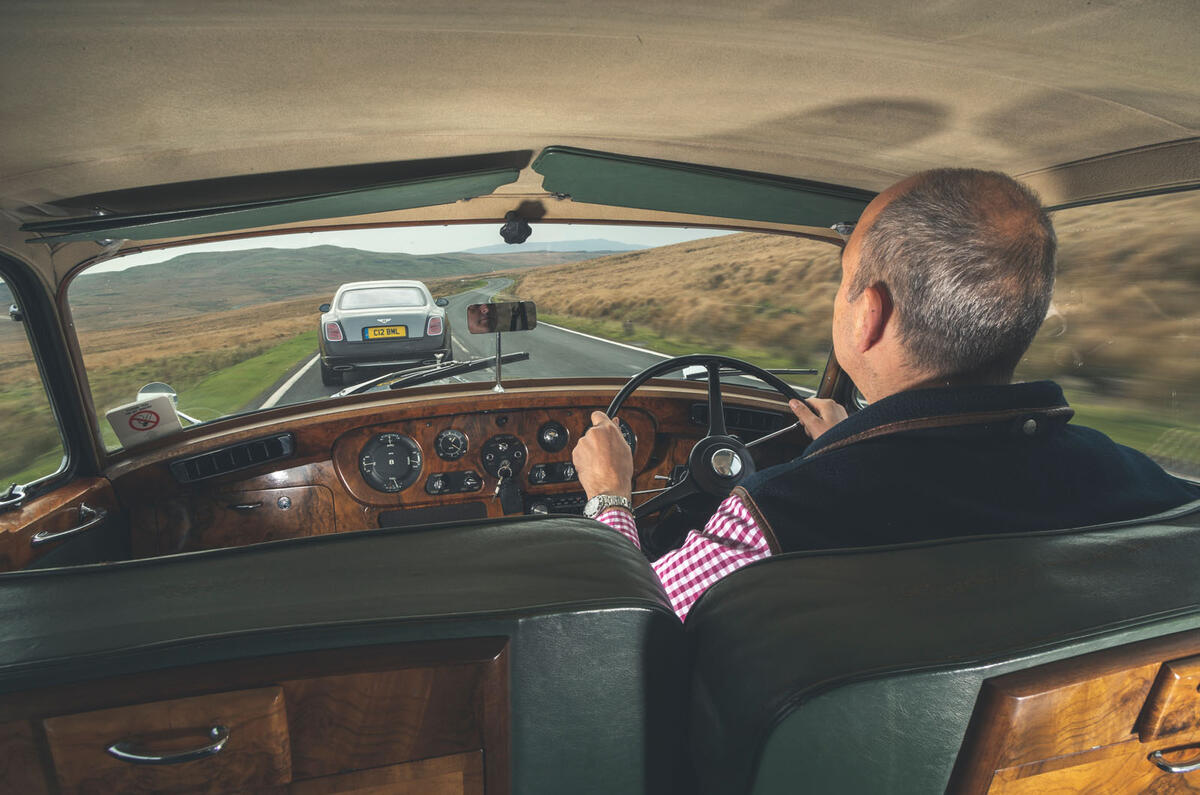

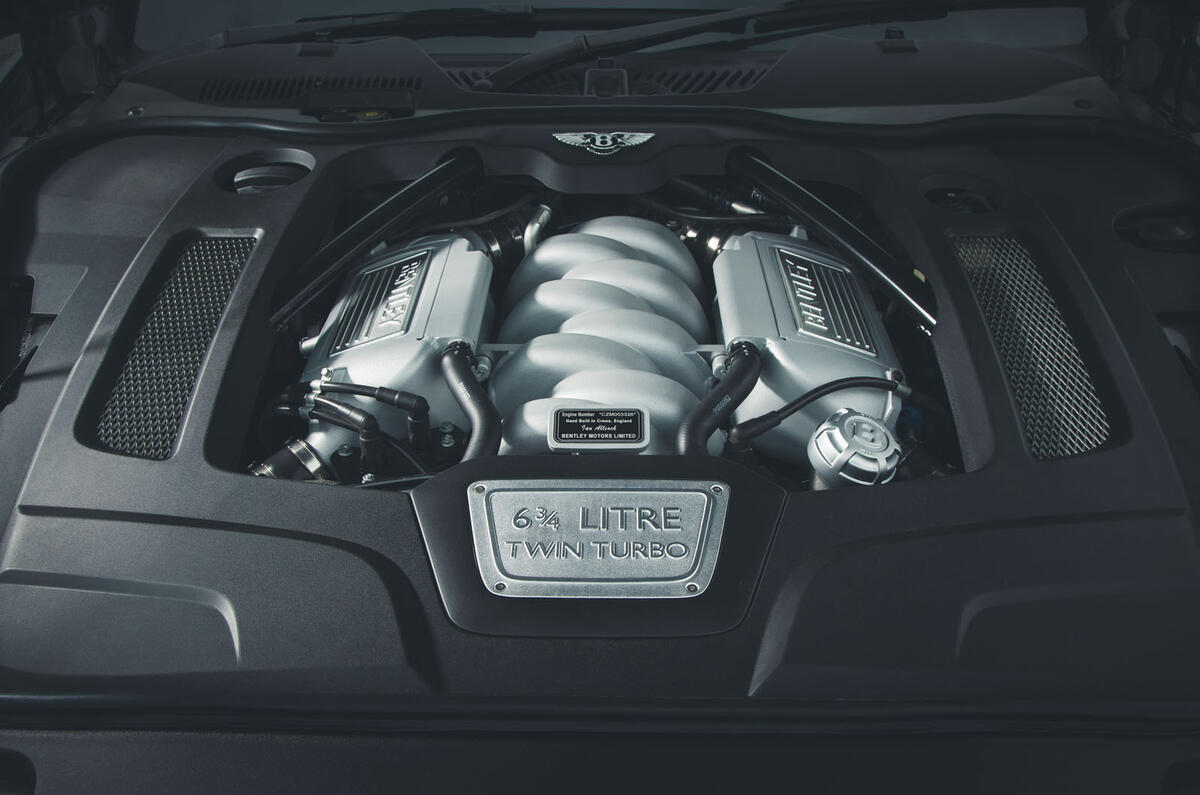
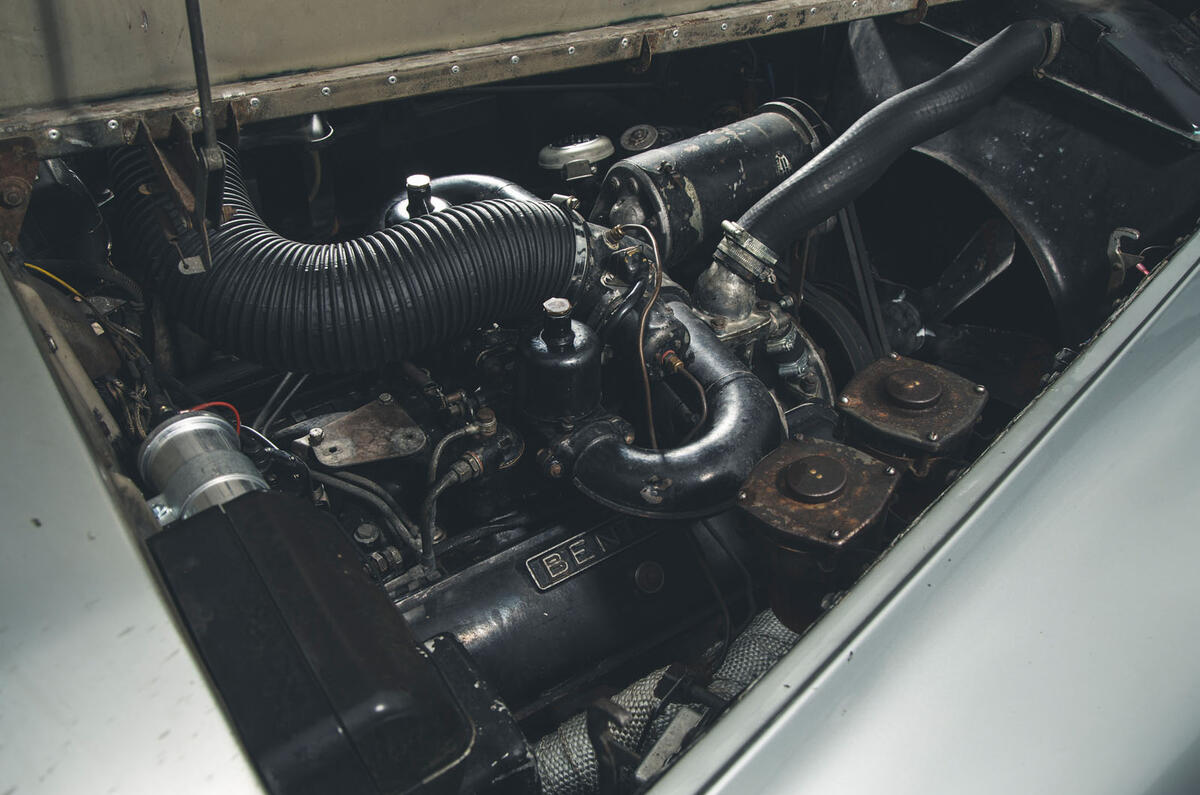
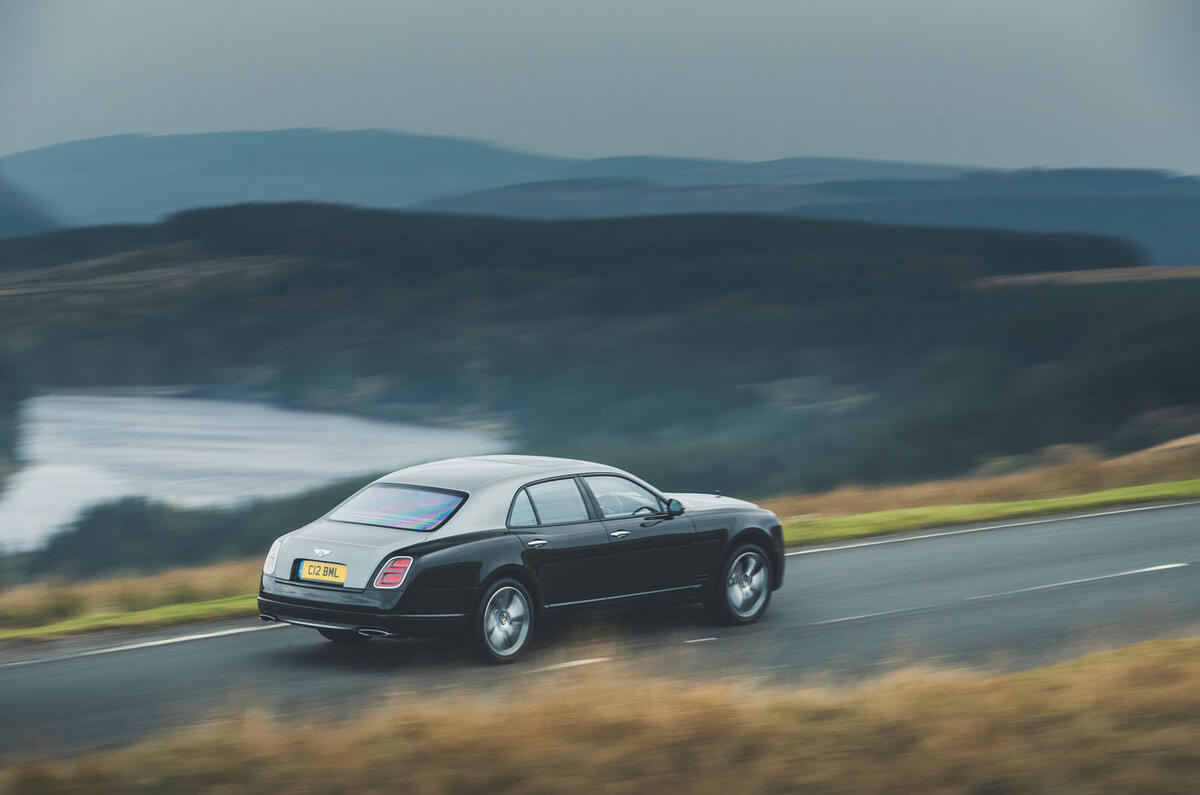
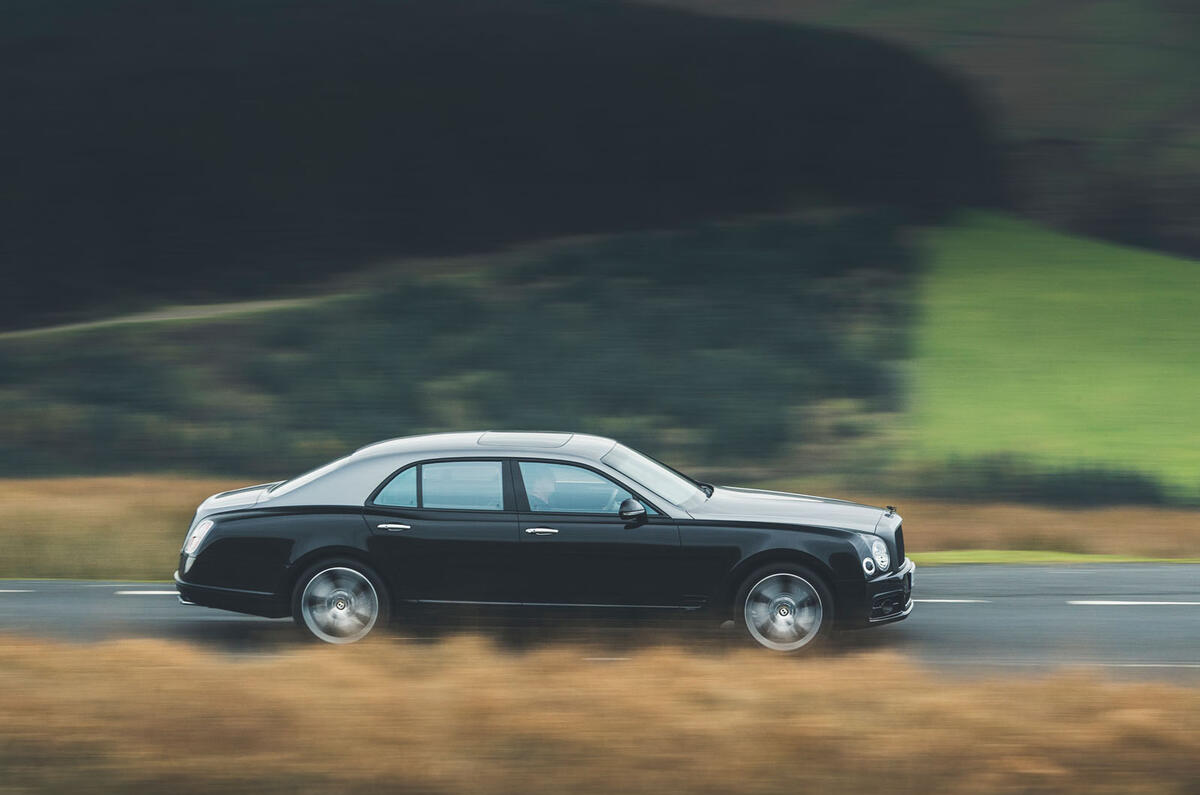
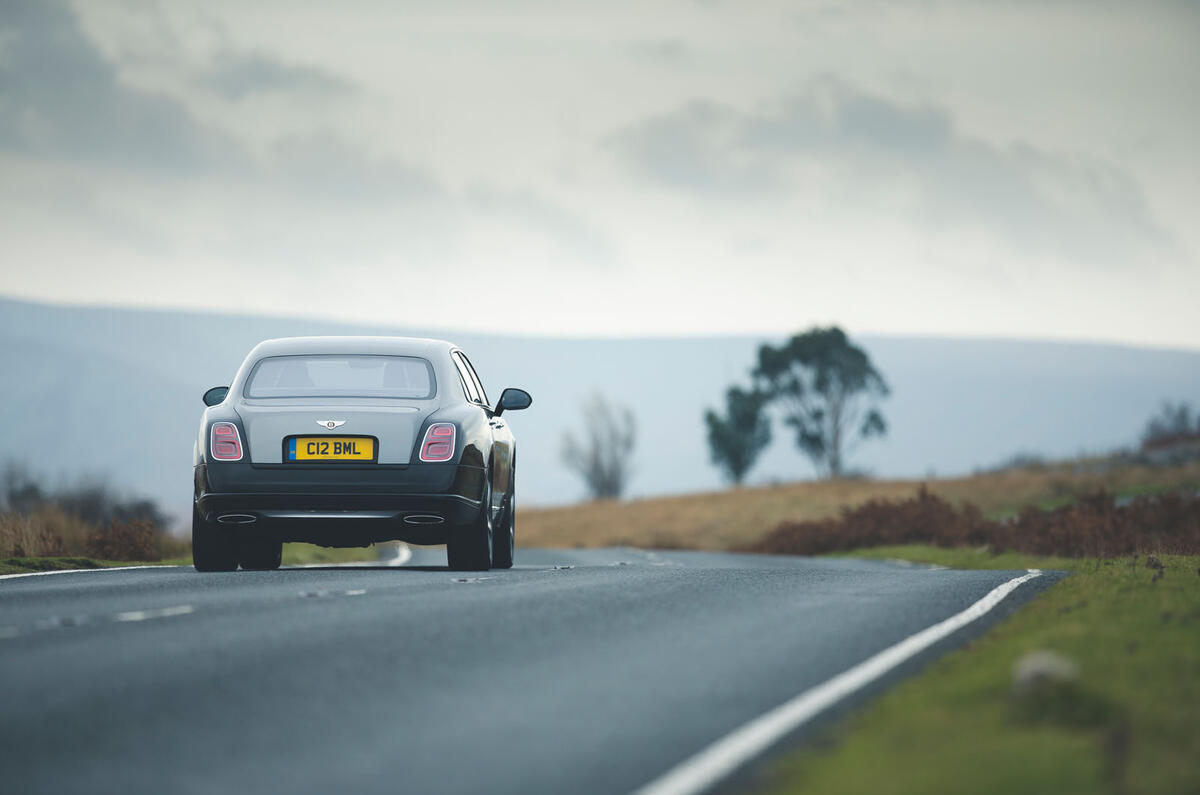
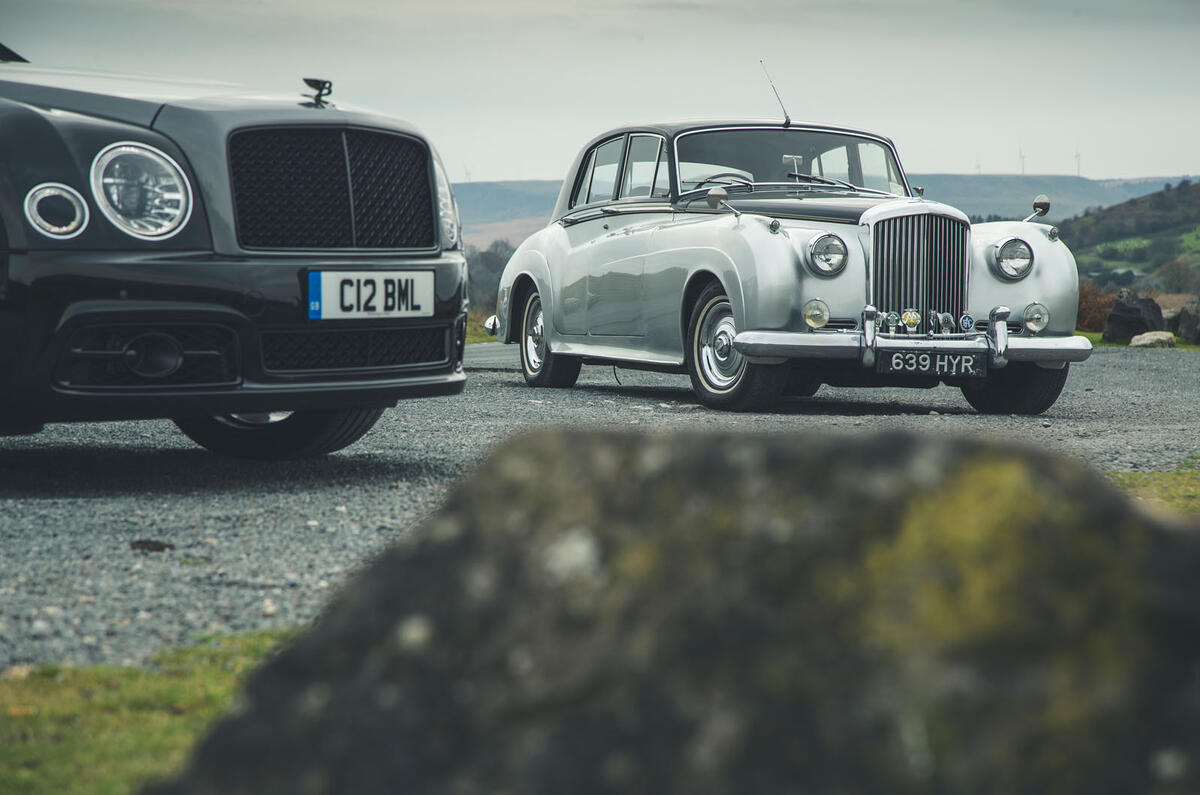
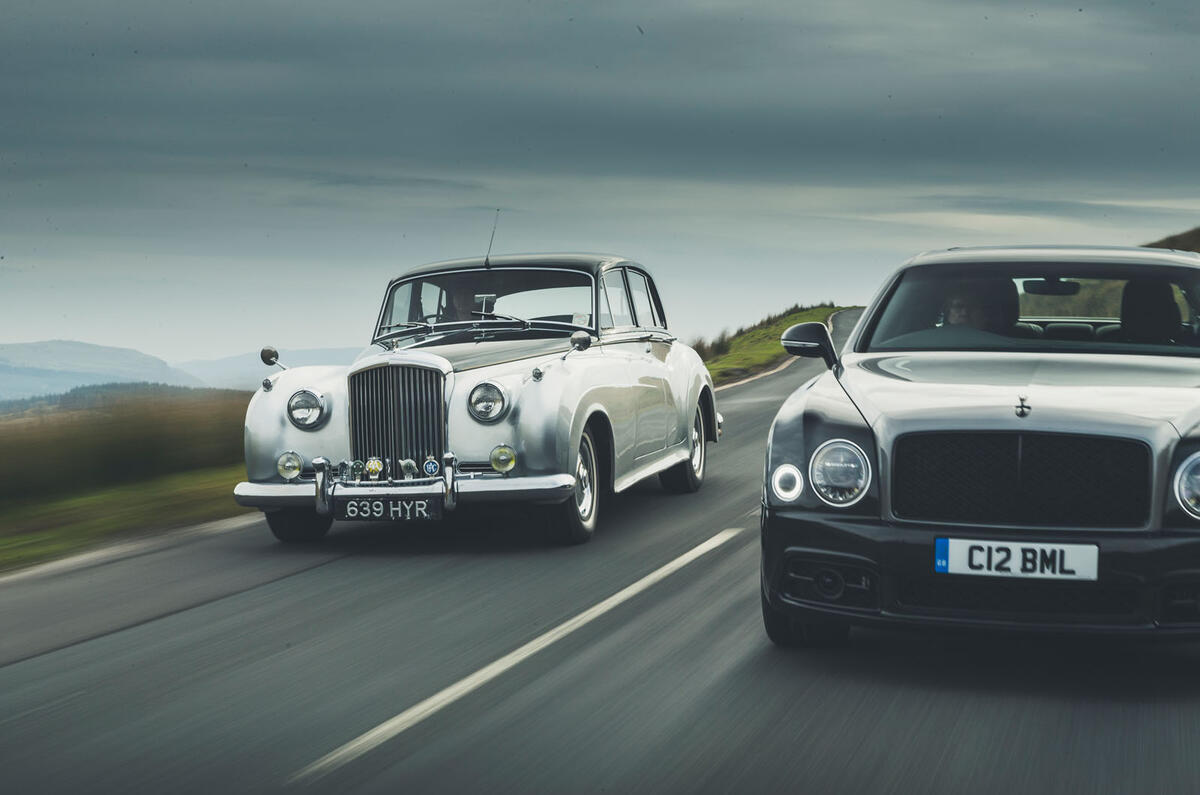
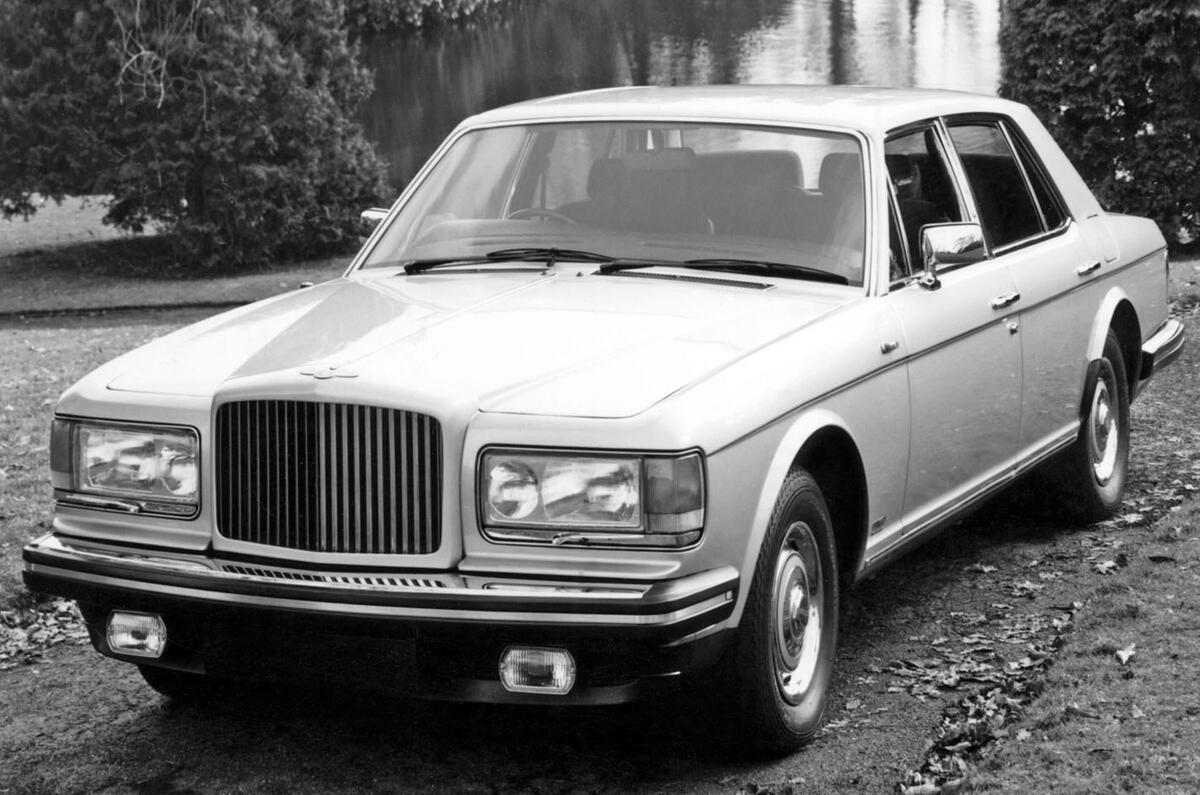
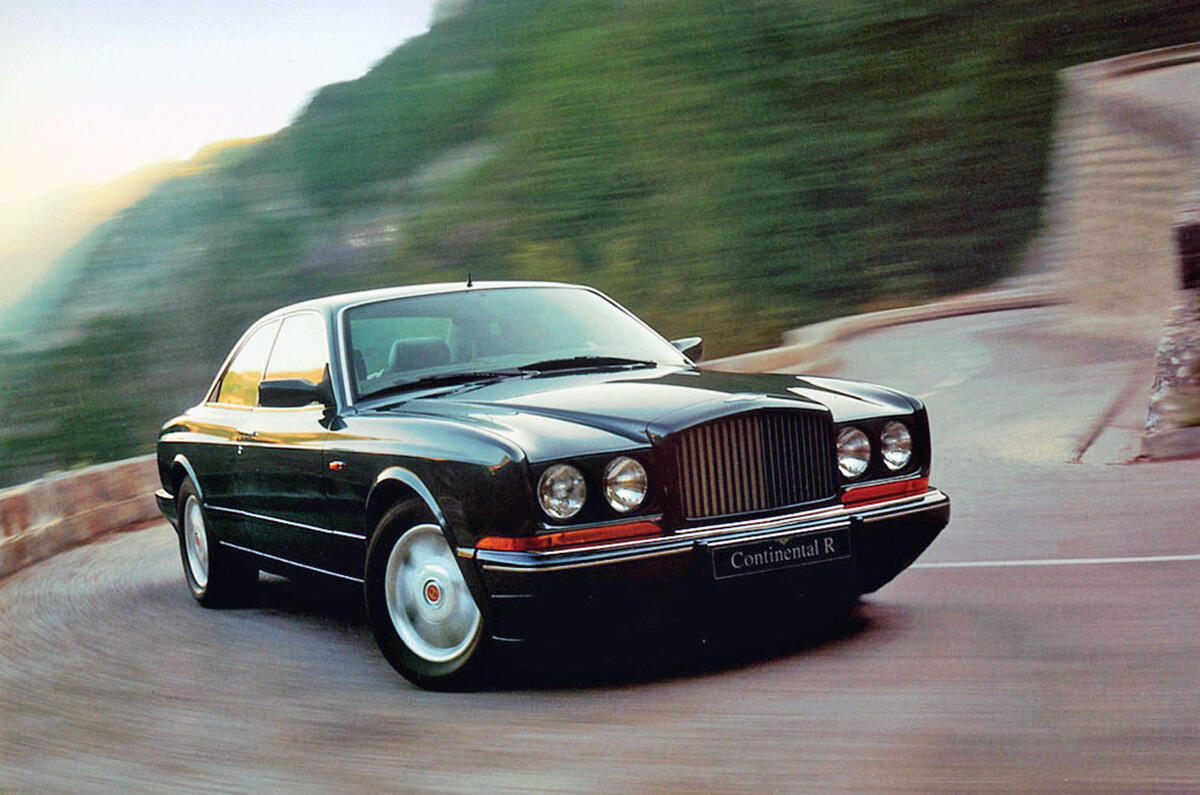
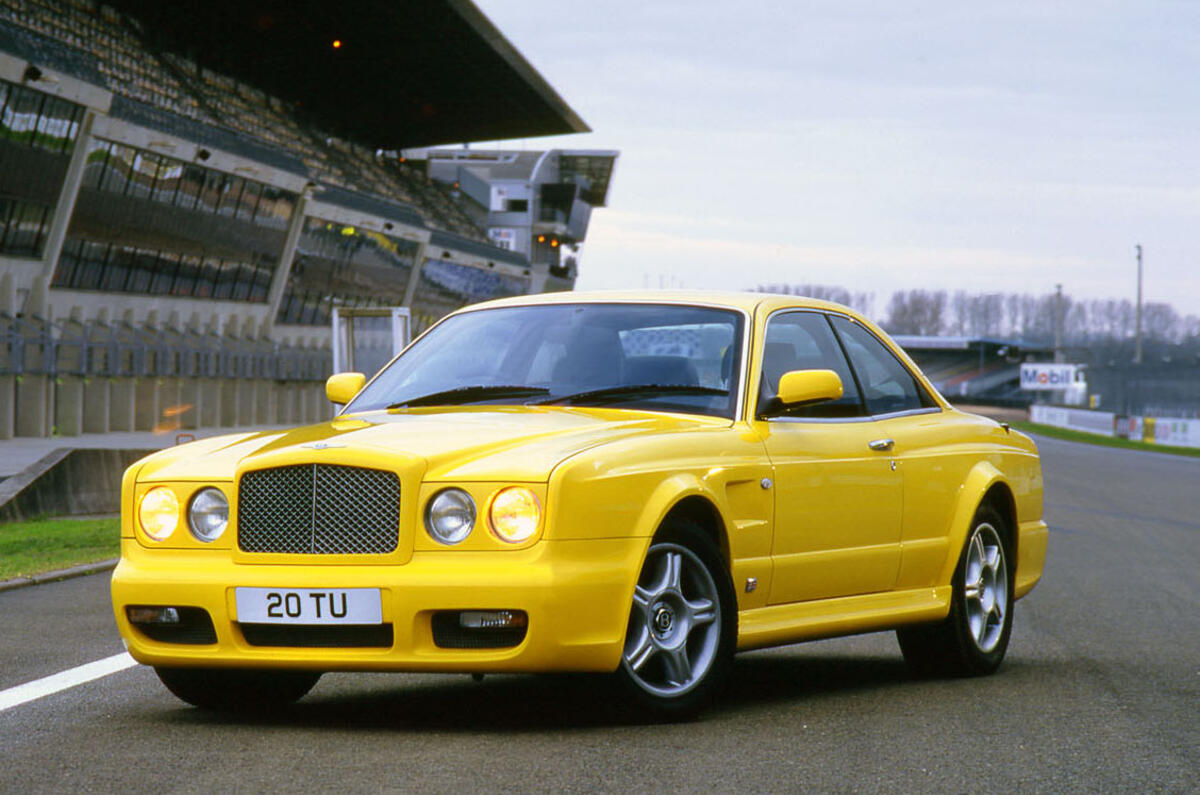
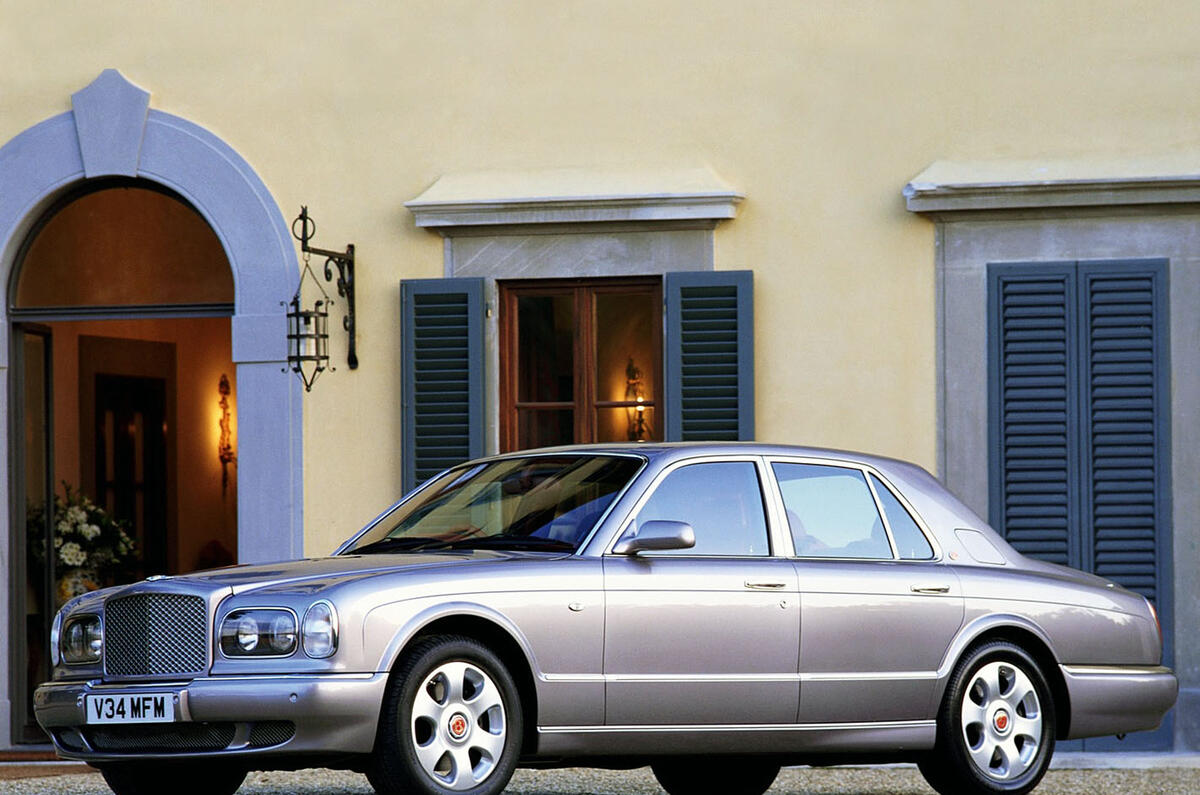
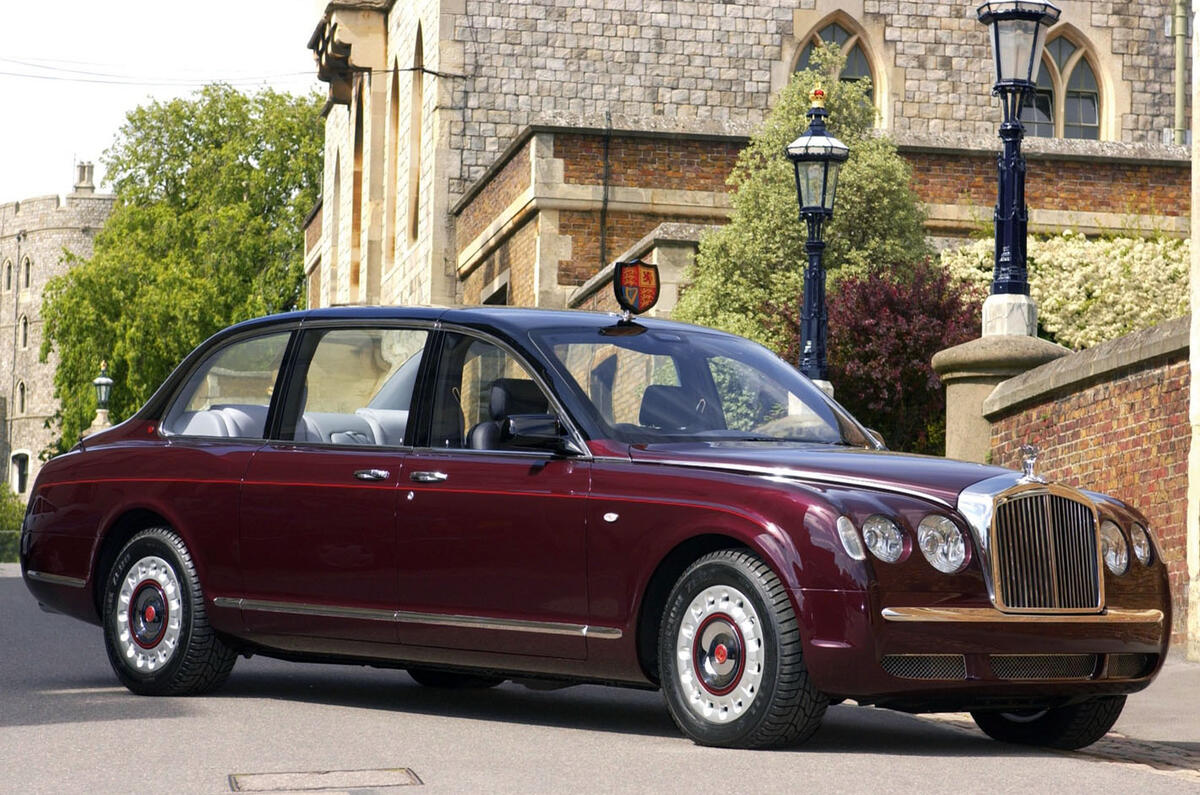
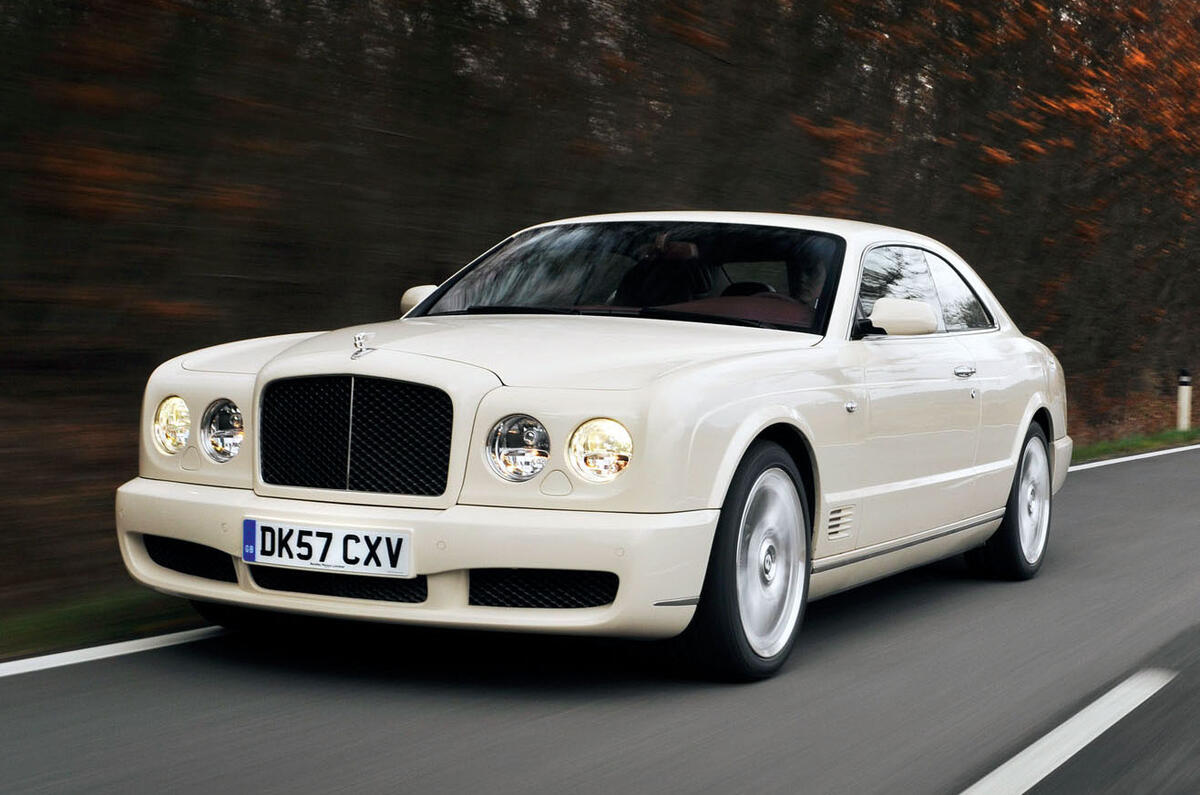

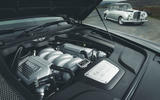


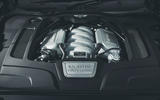
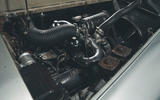
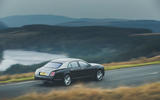


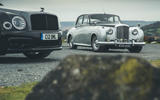

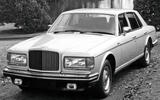
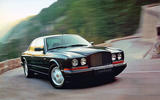
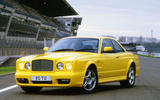
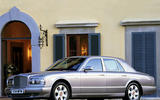
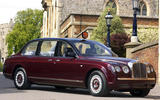
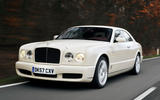


Join the debate
Add your comment
Awful phrase
It's not a BENT eight it's a VEE eight. Awful phrase, only journos use it, the rest of us think you sound stupid.
Ruaraidh wrote:
Being called stupid by someone who can't spell Rory
Hate to say it as I love ICE
A fine old engine indeed. But
A fine old engine indeed. But an electric motor simply does the job better - more torque more instantly from 0 revs, smoother, quieter, more efficient, more refined, better in every way, if Mr Bentley was still alive he d jump on the chance of using electric motors because they are better, he would not cling on to petrol power. Pining for petrol when something better has replaced it would be throwing the baby out with the bath water. Of course thats not to say I wont miss ICEs.
typos1 wrote:
Agreed. Electric motor suits lunxury cars best, for its silence, lack of vibration, instant torque.
And then the levels of refinement achieved in luxury cars derived from electric motors will be expected in and filtered down to premium then mainstream family cars.
Maybe a few manufacturers will be the Morgan of the future, making sports cars with ICE V8s & straight-sixes with manual gearchange.
There's more to it than that
In my opinion, a major part of the pleasure of owning a vehicle such as this is the appreciation of the time, effort and skill involved in coaxing such agreeable characteristics from what is, inherently, a violent and inefficient means of propulsion.
Electric motors make it too easy and remove several layers of human connection from the process.